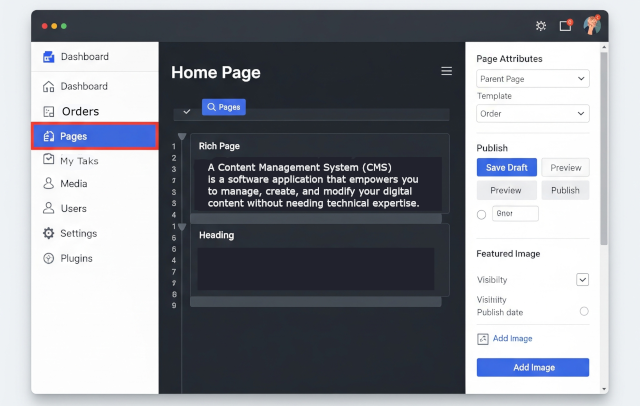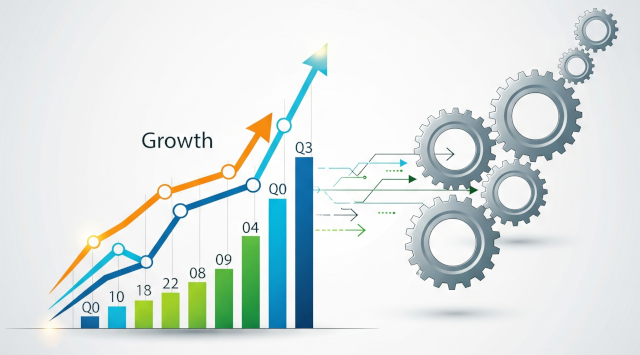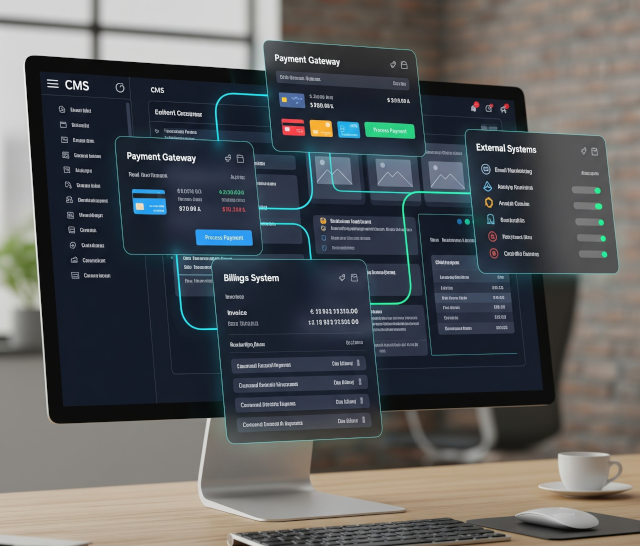Professional Content Management System (CMS) Solutions
Take control of your digital content with a powerful and intuitive CMS tailored to your unique needs. From streamlined content creation to enhanced user experiences, we provide the tools to help your business thrive online.


